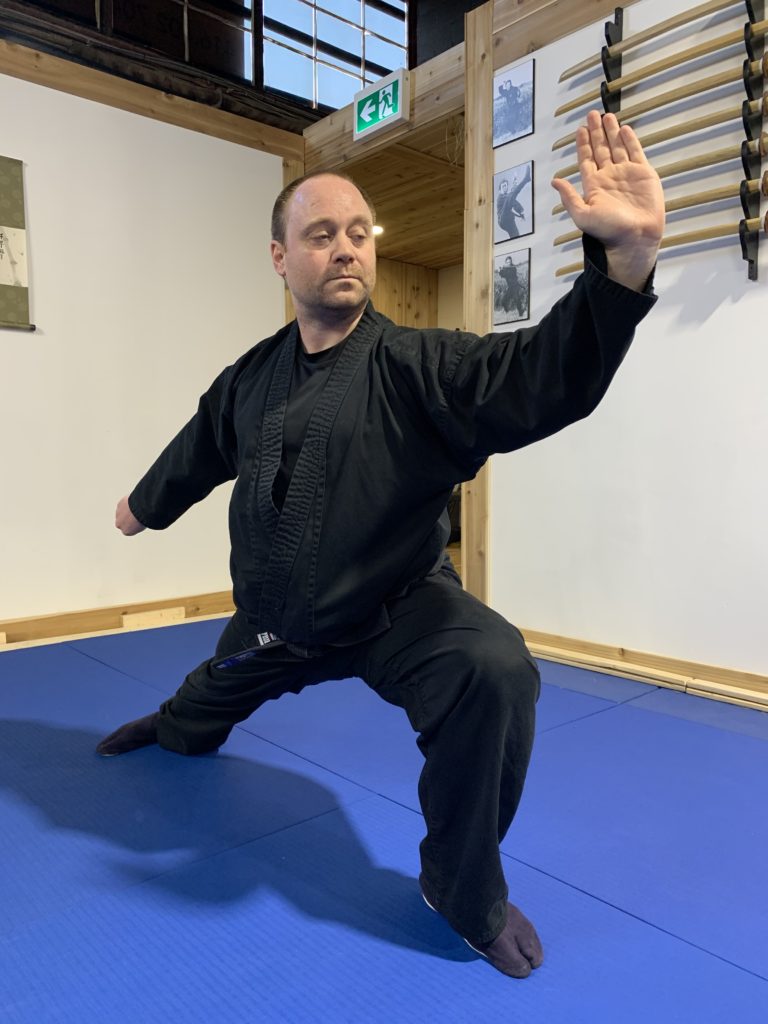
At Heiho Canada students are exposed to elements of the Chinese fighting and healing arts. Chinese arts have influenced the way Ninpo Bugei has evolved over the centuries. Tales regarding the Chinese master Chen who settled in Iga several hundred years ago and taught Quan Fa (Chinese Boxing) and military strategies. It is important to investigate such influences in order to understand the roots of Ninpo Bugei through cultural and historical changes.
Taiji Quan – Taijiquan is one of the major divisions of wushu. It consists of basic barehand exercises, exercises with long and short weapons, tuishou (push-hand) and sanshou (free hand) exercises. A whole set of theories has been built up for it. Facts have shown that regular practice helps to prevent and cure chronic diseases. The practice of Taiji also improves motor skills and develops awareness between body mind and limbs.
24-form tai chi chuan
The form was the result of an effort by the Chinese Sports Committee, which, in 1956, brought together four Taiji teachers – Chu Guiting, Cai Longyun, Fu Zhongwen, and Zhang Yu – to create a simplified form of Taiji as exercise for the masses. Some sources suggests that the form was structured in 1956 by master Li Tian Ji . The creators truncated the traditional family style Taiji forms to 24 postures; taking about six minutes to perform and to give the beginner an introduction to the essential elements of Taijiquan, yet retain the traditional flavor of traditional longer hand forms (in general, 88-108 postures). Henceforth, this form was avidly promoted by the People’s Republic of China for general exercise, and was also taught to internees in Communist “re-education” camps. Due to this official promotion, the 24-form is most likely the Taiji form with the most practitioners in China and the world over (though no surveys have been performed).
48-form tai chi chuan
The 48-form is traditionally taught divided into six sections, so you may focus on adding a small number of movements to your overall form gradually.
The first section stresses basic hand and foot movements and the essential Peng, Lu, Ji, An (Ward Off, Rollback, Press, and Push). The second involves flexible changes in movements of body and legs with Turn Body to Thrust Palm as the focus. The third section has the first climax with many rises and falls and body turns with Slap Foot and Tame the Tiger as the focus.
The fourth section centers around the challenging Right Heel Kick movement. The fifth focuses on Fair Lady Shuttles on both the left and right, requiring balance, suppleness, and coordination. The sixth section contains a great variety of hand forms, stances, and body movements such as Turn Body and Sweep Lotus, and the final climax of the form.


